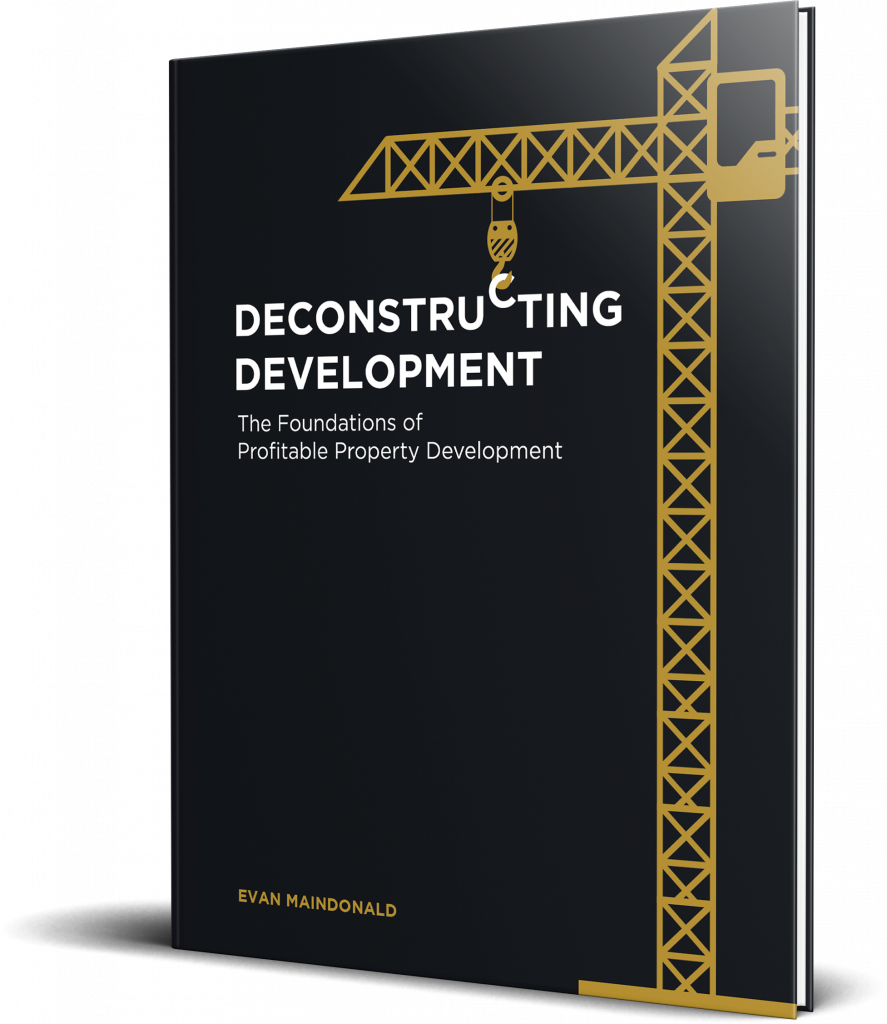When people talk about investment strategies, we tend to think there’s only one way to invest. Usually the one that escapes us. The truth, as with many things, is much more subtle. The right strategy to use depends what you’re investing in and which part of that particular market or sector you’re investing in.
In real estate investment, you can afford to concentrate your investments in a few assets or projects and focus heavily on de-risking those scenarios, creating optionality and seeking upside. The reason for that is, in the long run, the price of real estate always tends to move upwards. Remember the phrase ‘Safe as Houses’? That’s where it comes from. It’s difficult to lose all your money in a real estate investment, even when leveraged.
Even the ones that don’t go well usually make money as long as you buy well and are patient enough. So you can still make a good return without having to spread your investment across too many assets or projects.
If you’re investing in early stage tech companies, it’s a different game completely. Because each venture is so risky and has such a high chance of failing, the only way to succeed is to spread your investment over at least 20 companies. The strategy is based on the assumption that, if you are good at choosing your investments, maybe 10% of them are successful.
While those that fail will lose all the money you invest in them, the successes will make 100-1000 times your investment. That translates into a 10 to 100 times return across the portfolio. Which works pretty damn well.
Later stage tech investment is a different game. By the time startups have achieved product/market fit and gained sufficient traction to attract Venture Capital Investment, their chances of success are significantly enhanced. Around one in two startups that reach Series A investment – the first venture capital funding round – will go on to succeed. So VC’s investing at this stage will look for lower levels of return – around 10 to 15 times investment.
So think about the game you’re trying to play – the sector, it’s inherent risks, potential returns and the need to diversify across different investments – and tailor your investment strategy to it.







